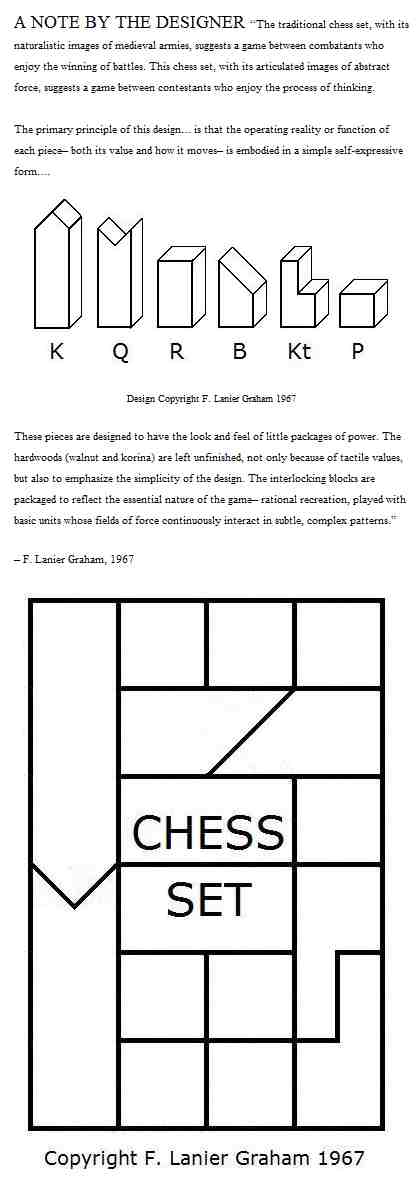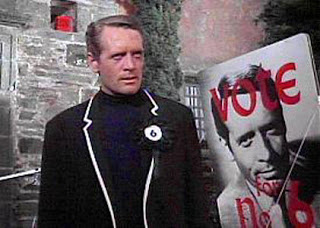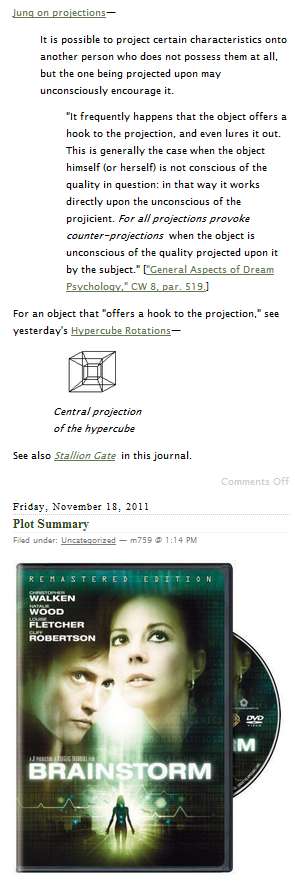|
Space (ākāsa) is undoubtedly used in the Suttas
to mean 'what/where the four mahābhūtas are not',
or example, the cavities in the body are called ākāsa
M.62—Vol. I, p. 423). This, clearly, is the everyday
'space' we all experience—roughly, 'What I can move
bout in', the empty part of the world. 'What you can't
ouch.' It is the 'space' of what Miss Lounsberry has so
appily described as 'the visible world of our five
senses'. I think you agree with this. And, of course, if
this is the only meaning of the word that we are
going to use, my 'superposition of several spaces' is
disqualified. So let us say 'superposition of several
extendednesses'. But when all these
extendednesses have been superposed, we get
'space'—i.e. our normal space-containing visible
world 'of the five senses'. But now there is another
point. Ākāsa is the negative of the four mahābhūtas,
certainly, but of the four mahābhūtas understood
in the same everyday sense—namely, solids (the
solid parts of the body, hair, nails, teeth, etc.),
liquids (urine, blood, etc.), heat and processes
(digestion) and motion or wind (N.B. not 'air').
These four, together with space, are the normal
furniture of our visible world 'of the five senses',
and it is undoubtedly thus that they are intended
in many Suttas. But there is, for example, a Sutta
(I am not sure where) in which the Ven. Sariputta
Thera is said to be able to see a pile of logs
successively as paṭhavi, āpo, tejo, and vāyo; and
it is evident that we are not on the same level.
On the everyday level a log of wood is solid and
therefore pathavi (like a bone), and certainly not
āpo, tejo, or vāyo. I said in my last letter that I
think that, in this second sense—i.e. as present in,
or constitutive of, any object (i.e. = rupa)—they
are structural and strictly parallel to nama and can
be defined exactly in terms of the Kummer
triangle. But on this fundamental level ākāsa has
no place at all, at least in the sense of our normal
everyday space. If, however, we take it as equivalent
to extendedness then it would be a given arbitrary
content—defining one sense out of many—of which
the four mahābhūtas (in the fundamental sense) are
the structure. In this sense (but only in this sense—
and it is probably an illegitimate sense of ākāsa)
the four mahābhūtas are the structure of space
(or spatial things). Quite legitimately, however, we
can say that the four mahābhūtas are the structure
of extended things—or of coloured things, or of smells,
or of tastes, and so on. We can leave the scientists'
space (full of right angles and without reference to the
things in it) to the scientists. 'Space' (= ākāsa) is the
space or emptiness of the world we live in; and this,
when analyzed, is found to depend on a complex
superposition of different extendednesses (because
all these extendednesses define the visible world
'of the five senses'—which will include, notably,
tangible objects—and this world 'of the five
senses' is the four mahābhūtas [everyday space]
and ākāsa).
Your second letter seems to suggest that the space
of the world we live in—the set of patterns
(superimposed) in which “we” are—is scientific space.
This I quite disagree with—if you do suggest it—,
since scientific space is a pure abstraction, never
experienced by anybody, whereas the superimposed
set of patterns is exactly what I experience—the set
is different for each one of us—, but in all of these
sets 'space' is infinite and undifferentiable, since it is,
by definition, in each set, 'what the four mahābhūtas
are not'.
|


















